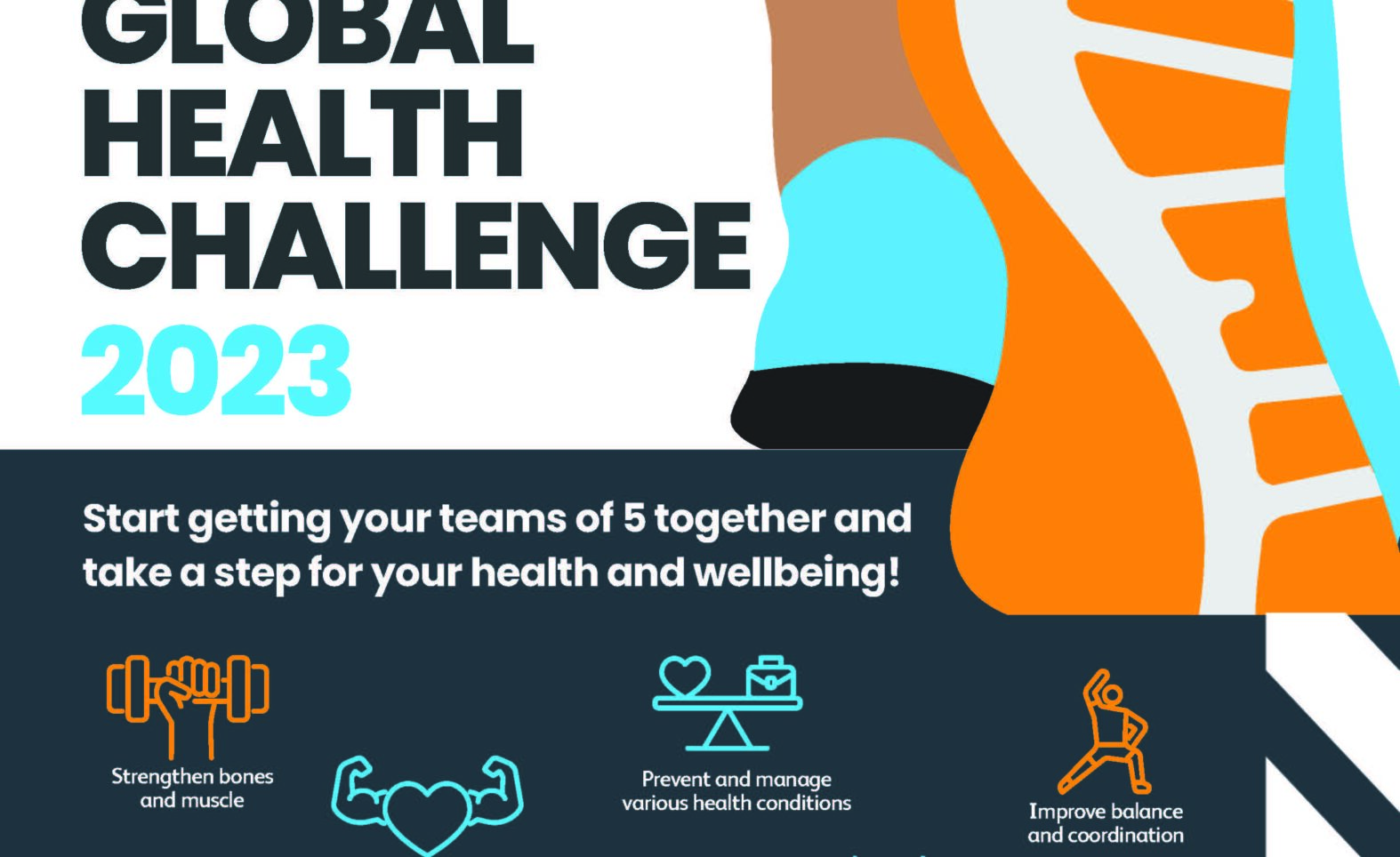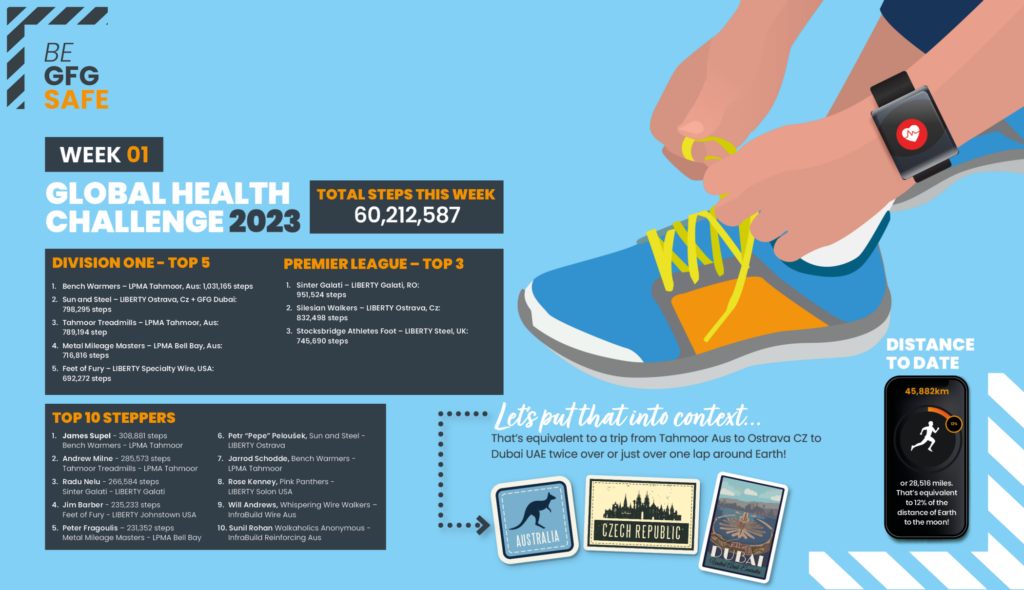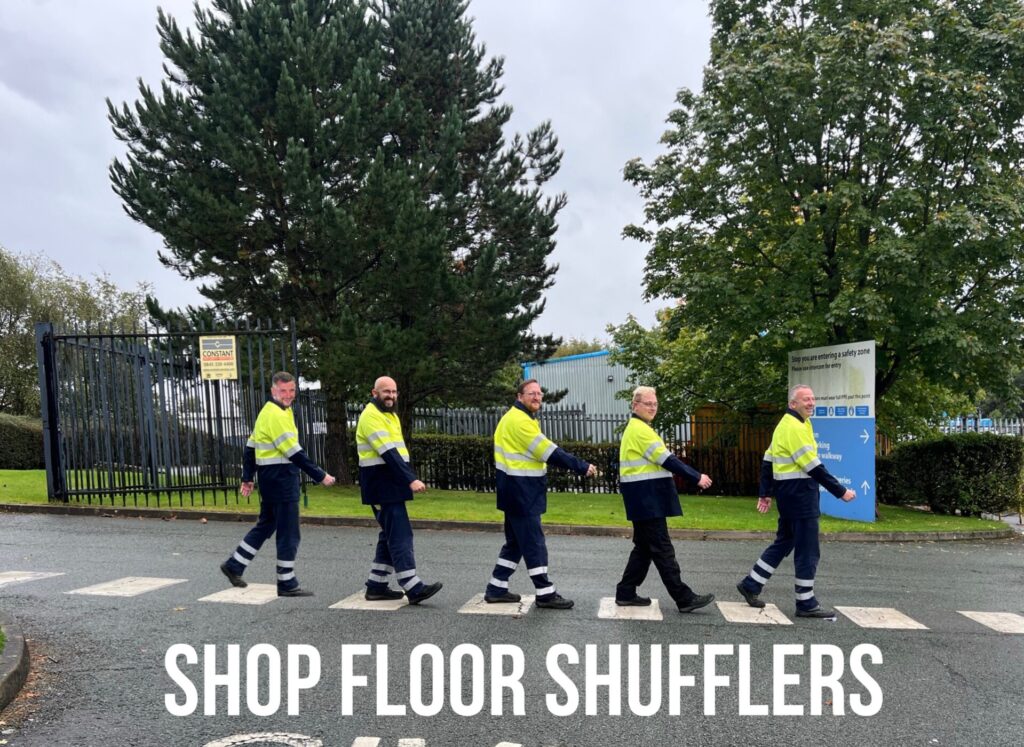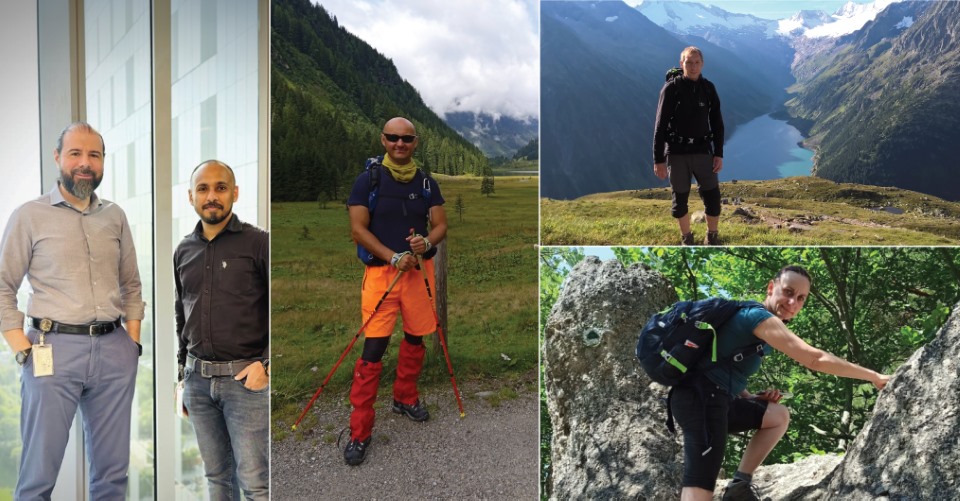Whyalla featured on hit documentary series Australian Story
In September 2018, the ABC’s hit documentary series Australian Story tracked ...

It’s been an action-packed week! We’ve seen teams comes together across the globe, colleagues continents-apart and never having met before – are now team members working towards a single goal…. to get as many steps as possible! Over the course of the Challenge, stayed tuned for stories of resilience, teamwork and cheer on your colleagues and post your stories and photographs here.
So, here’s a look at the current leaderboard.

Started by the Global Safety team, the spirit of the Health Challenge is to promote health, wellbeing and togetherness, fuelled by a little friendly competition.
If you’ve spent the last hour wading through your emails before reading this, then your large muscle groups are already deflating, your metabolism has slowed, and your biological switch has turned to the ‘standby’ position.
This isn’t a reference to a horrible atrophy – this is a result of a normal working day, where the average employee only takes around 3,000 steps. This amounts to 24 minutes of physical activity in a 24-hours period – or to put it another way, 23 hours and 36 minutes of physical inactivity.
We’re designed to move
As humans, we’re designed to move to stay healthy, but our modern responsibilities can get in the way of our physical needs. Prolonged and unbroken periods of sitting is a unique problem; it’s associated with premature mortality, and the greater incidence of chronic diseases like diabetes and heart disease, irrespective of time spent exercising.
Sitting is also associated with an increased risk of mental health disorders like anxiety and depression, leading to workplace fatigue, stress and absenteeism. Today, our workplaces can compound with time-saving – or time-wasting – technology, which means more time attached to a computer in a way that is physically and mentally unsustainable.
The good news if that the mere act of getting up out of the chair is all it takes to break the cycle. Small, incidental changes – taking the stairs, conducting walking meetings, or hopping off the bus one stop earlier – can all counter the cognitive and biological slowdown provoked by sedentary habits.
There are many ways to promote activity and less time sitting:
Change the workspace
Bad posture is recognised as a workplace hazard, and musculoskeletal conditions associated with our sitting habits can be debilitating in the long term. A change to your workspace, such as using a standing desk helps reduce time spent sitting – and it can be better for your posture. It’s recommended that you should stand for every 30 minutes ever hour.
Shake up your commute
If you can walk, run or cycle to work, this can be a great way to include more exercise into your day and less time sitting to or from the office. Plus, it’s a great mental health boost to help start your day! Of course, not everyone has the same commute. If this is not possible for you, or you work from home, take care to implement more breaks in your day for activity.
Have standing or walking meetings
Feel like meetings go on too long? Try organising a stand-up meeting – research shows this can help increase efficiency and make meetings shorter, all without the help of a chair.
Take part in a health challenge!
It’s easier to get (and stay) active when others are involved, especially when there’s competition involved.
The GFG Global Health Challenge is a good way to motivate and encourage employees to have fun and discover new ways to get moving.
Try an exercise app or fitness tracker
It’s recommended that you take at least 8,000 steps a day, but if you’re looking for some encouragement, tracking your steps could be the answer. There are free apps to help you with daily step goals so you can improve each day.



Let’s look at some of the sights and beautiful locales the participants in the health challenge have shared.








Leave A Reply